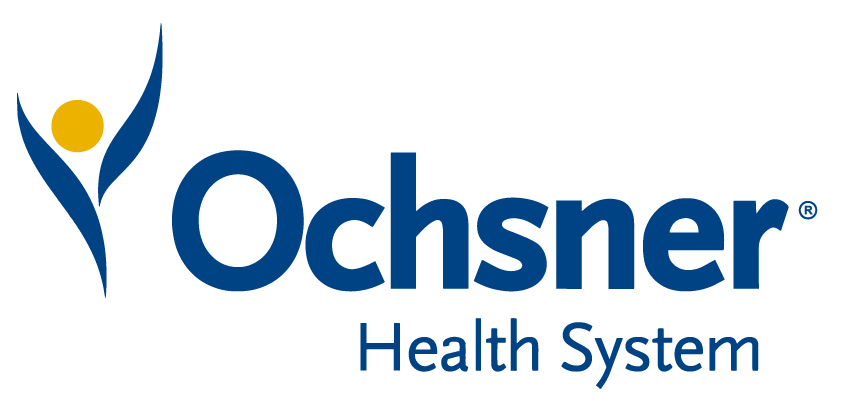

One of the most significant challenges perioperative leaders face is efficient use of operating room time. Block management is a largely manual and time-consuming process based on retrospective data and fails to identify opportunities to improve OR utilization. Despite best efforts, assigning block time to physicians or service lines rarely translates into predictable scheduling patterns.
Physician request for OR time has been a constant challenge to work on for those hospitals with limited open block time. This highly-leveraged decision impacts physician satisfaction, patient experience, and top-line growth for hospitals and healthcare systems.
In this session, see the benefits of proactive block management, including improved OR utilization, measurable financial outcomes, productive conversations with surgeons, and improved physician satisfaction and patient experience. Join LeanTaaS’ Senior Solutions Executive and Senior Product Implementation Manager (iQueue for Operating Rooms) to learn how proactive management of block time utilizing data-driven insights yields optimal block allocation, improvements in OR utilization, and measurable financial outcomes. Discover how predictive and prescriptive analytics help hospital leaders and block committee members answer the questions of which physician needs how much time and when, and facilitates more productive, less contentious conversations with surgeons.






Take the first step towards unlocking capacity, generating ROI, and increasing patient access.
If you work in the healthcare industry, or even if you’re just an interested observer, you don’t need a book to tell you that the financial pressure is on as never before. A perfect storm of circumstances is swirling together, one that will make survivability, not to mention profitability, a greater challenge for healthcare companies than we’ve seen in the modern era.
As with banks, retailers, and airlines, which had to rapidly enhance their brick-and-mortar footprints with robust online business models—it is the early movers eager to gain new efficiencies that will thrive and gain market share. The slow-to-move and the inefficient will end up being consolidated into larger health systems seeking to expand their geographical footprints.
Let’s look at just a few of the looming challenges healthcare must meet head-on.
An aging population
By the year 2030, the number of adults sixty-five years of age or older will exceed the number of children eighteen years or younger in the United States. We are living longer than our parents did. Positive news for sure, but problematic for several reasons.
The older we get, the more medical help we need. Older people have more chronic diseases. By 2025, nearly 50 percent of the population will suffer from one or more chronic diseases that will require ongoing medical intervention. This combination of an aging population and an increase in chronic diseases will create a ballooning demand for healthcare services.